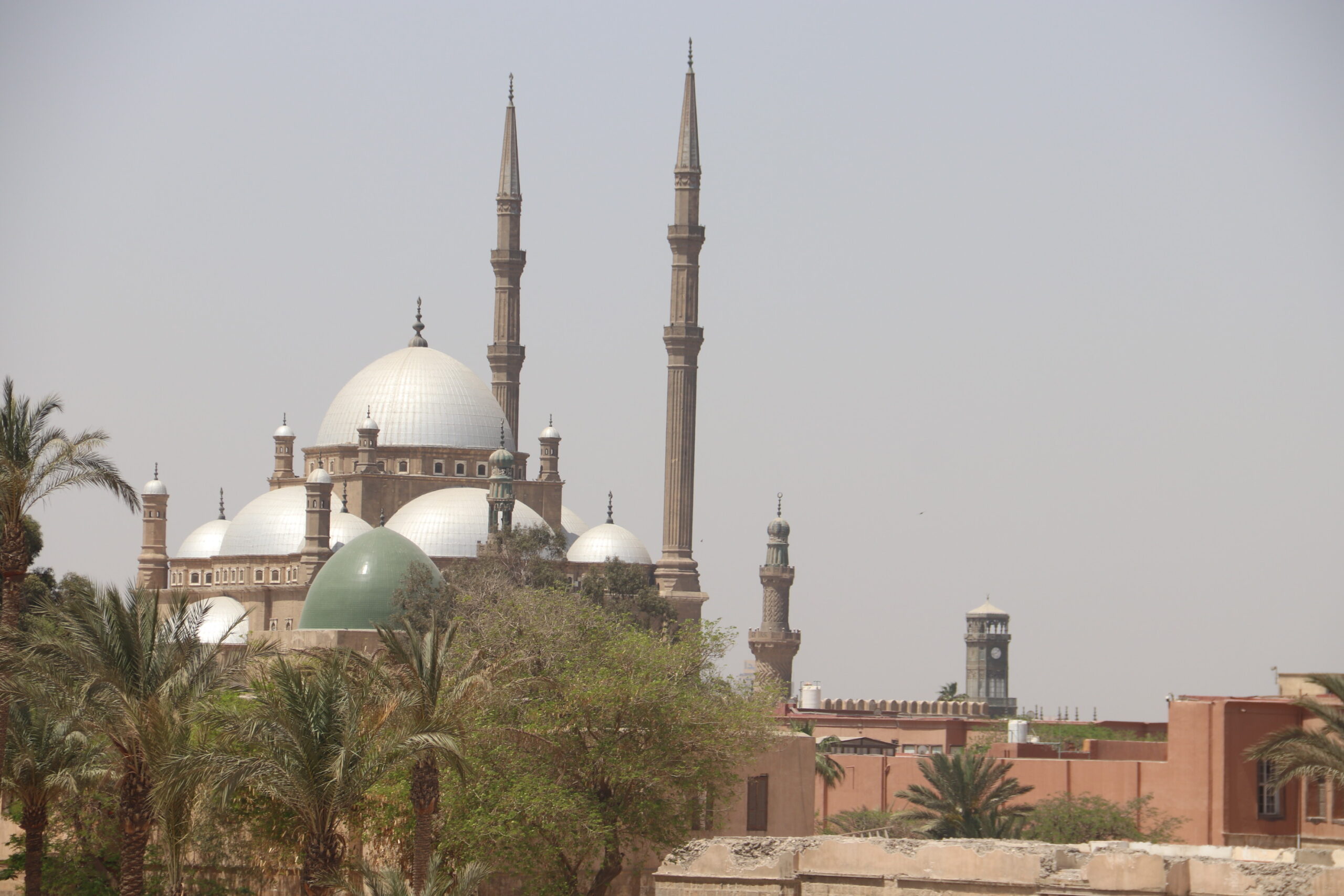Building the Citadel
The story of the construction of the citadel goes back to the time when Salah ad-Adin, known in the West as Saladin, came to Egypt in the beginning of the 12th century. Political circumstances led Salah ad-Adin to think of building a citadel on the top of the mountain that overlooks Cairo.
In the heart of Cairo, upon the Mokattam hills, stands the Citadel of Cairo. A fortress not merely of walls and towers but also of tales and epochs that echo through its corridors. It was the visionary Salah al-Din who laid its first stones in the late 12th century, envisioning a bastion against the Crusader tide.
As centuries unfurled like the banners of its conquerors, the citadel transformed under each ruler’s hand. The Mamluks, with their chivalric might, adorned it with palatial splendors and mosques that reached for the heavens, most notably under the reign of Sultan al-Nasir Muhammad.
Yet, it was the audacious Muhammad Ali Pasha who, in the 19th century, would reshape the citadel’s destiny. He razed the old to birth the new, erecting opulent palaces and the magnificent Muhammad Ali Mosque, whose alabaster walls and towering minarets now kiss the skyline of Cairo.
For nearly seven centuries, the Citadel stood as the heart of Egyptian governance, its pulse echoing through the chambers of power until the rise of Abdeen Palace. Today, it stands as a testament to time, a guardian of history, inviting travelers from across the globe to wander its grounds, and touch the stones that have witnessed the march of dynasties and the whispers of intrigue.
Declared a part of Historic Cairo by UNESCO, the Citadel is not just a relic but a living chronicle, a bridge between the golden age of Islam and the modern bustle of Cairo—a citadel not just of stone but of stories, waiting for the next curious soul to uncover its secrets.



